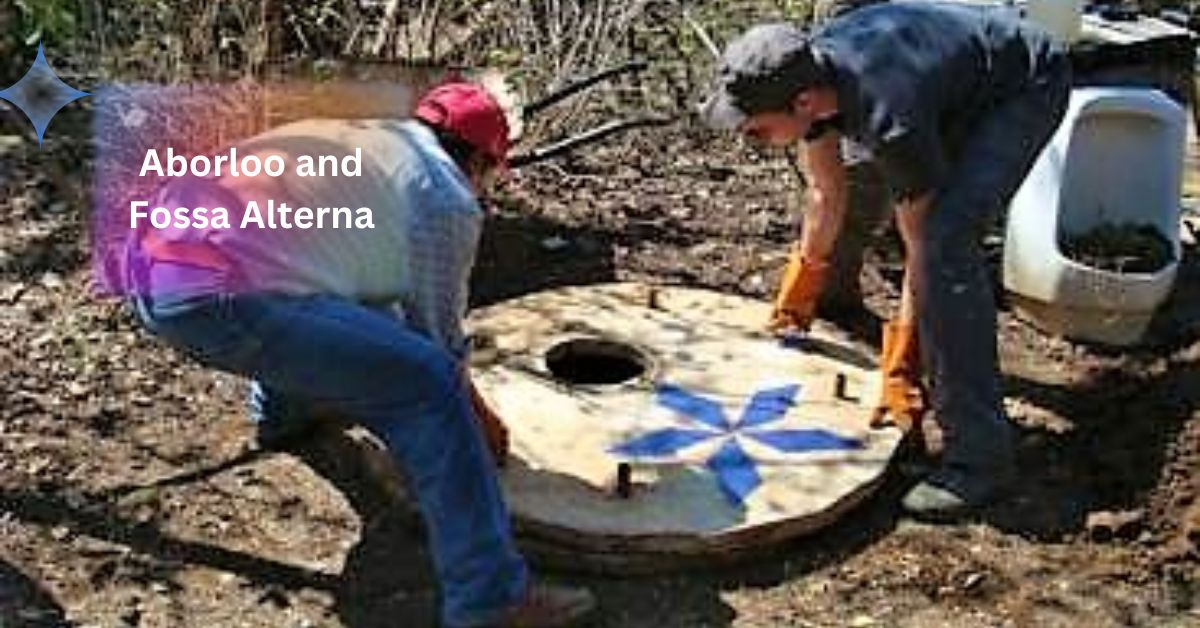Aborloo and Fossa Alterna – Joint Publication by IRC Uganda
In the world of innovative sanitation solutions, “Aborloo and Fossa Alterna: A Joint Publication by IRC Uganda” represents a pivotal moment in the quest for sustainable and affordable sanitation options.
This joint publication by IRC Uganda brings together critical insights into two prominent ecological sanitation solutions: the Aborloo and the Fossa Alterna. This article delves deeply into these technologies, offering a thorough exploration that is both easy to understand and informative.
Whether you’re an environmental enthusiast, a policy maker, or simply curious about sanitation advancements, this guide will provide you with a comprehensive understanding of these systems and their impact.
Understanding Ecological Sanitation
Before diving into the specifics of the Aborloo and Fossa Alterna, it’s essential to grasp the concept of ecological sanitation.
Ecological sanitation, often abbreviated as EcoSan, is a sustainable approach to managing human waste that focuses on recycling nutrients and minimizing environmental impact. This approach not only protects public health but also contributes to environmental conservation and resource efficiency.
What Is Ecological Sanitation?
Ecological sanitation encompasses various technologies and practices designed to treat and reuse human waste safely and efficiently. Unlike conventional sanitation systems that often rely on water and create significant waste, EcoSan systems emphasize resource recovery and minimize pollution. Key principles include:
- Nutrient Recovery: Reusing nutrients from human waste as fertilizers.
- Water Conservation: Reducing the use of water in waste management.
- Safety: Ensuring that waste is treated to eliminate pathogens and reduce health risks.
The Aborloo System
Overview of the Aborloo
The Aborloo is an innovative dry sanitation system designed to be a cost-effective and environmentally friendly alternative to traditional pit latrines. Developed with the principles of ecological sanitation in mind, the Aborloo system focuses on resource recovery and waste reduction.
How the Aborloo Works
The Aborloo functions without the use of water, making it ideal for areas with limited access to water resources. Here’s a step-by-step breakdown of how it operates:
- Collection: Human waste is collected in a container or pit.
- Treatment: The waste undergoes a treatment process, often involving the addition of cover materials such as ash or sawdust to absorb moisture and control odor.
- Decomposition: Over time, the waste decomposes in a controlled environment, facilitated by aerobic or anaerobic conditions depending on the design.
- End Product: The treated waste can be used as a fertilizer, contributing to soil fertility and reducing the need for chemical fertilizers.
Benefits of the Aborloo
The Aborloo system offers several advantages:
- Cost-Effective: Requires minimal infrastructure and operational costs.
- Environmentally Friendly: Reduces water usage and recycles nutrients.
- Simple Maintenance: Easy to maintain and operate with minimal technical knowledge.
The Fossa Alterna System
Overview of the Fossa Alterna
The Fossa Alterna is another ecological sanitation technology developed to address the challenges of traditional sanitation systems. This system is designed to be a low-cost, low-tech solution for managing human waste.
How the Fossa Alterna Works
Similar to the Aborloo, the Fossa Alterna operates without water and focuses on safe waste treatment. Here’s an overview of its functioning:
- Dual Pit System: The Fossa Alterna uses a dual pit system where waste is deposited into one pit while the other pit rests and processes previously deposited waste.
- Treatment: Waste in the active pit undergoes a decomposition process, aided by cover materials such as ash or compost.
- Alternation: After a certain period, the active pit is closed, and waste treatment continues in the other pit, allowing the first pit’s contents to fully decompose.
- End Product: The treated waste can be safely used as a soil amendment or compost.
Benefits of the Fossa Alterna
The Fossa Alterna offers several benefits, including:
- Simplicity: Easy to construct and manage with basic materials.
- Cost Efficiency: Low initial cost and minimal maintenance.
- Nutrient Recycling: Converts waste into valuable compost for agricultural use.
Joint Publication by IRC Uganda: Key Insights
Overview of the Publication
The joint publication by IRC Uganda provides a comprehensive analysis of both the Aborloo and Fossa Alterna systems. It offers valuable insights into their design, implementation, and performance in various contexts.
Key Findings
- Effectiveness: Both systems have proven effective in managing human waste and improving sanitation in underserved areas.
- Adaptability: The publication highlights the adaptability of these systems to different environmental and socio-economic conditions.
- Challenges and Solutions: Common challenges such as user acceptance and maintenance issues are addressed, along with proposed solutions.
Implications for Sanitation Policy
The findings from the publication are significant for sanitation policy makers and practitioners. They emphasize the importance of integrating ecological sanitation solutions into broader sanitation strategies and highlight the potential for scaling these technologies in various regions.
Implementation and Case Studies
Real-World Applications
The Aborloo and Fossa Alterna systems have been implemented in various regions, demonstrating their practicality and impact. Case studies from Uganda and other countries provide valuable insights into their effectiveness and potential for scaling.
Success Stories
- Uganda: Successful implementation in rural communities, improving sanitation and reducing environmental impact.
- Other Countries: Adaptation of the technologies in different contexts, showcasing their versatility and benefits.
Frequently Asked Questions (FAQs)
What is the main difference between the Aborloo and Fossa Alterna?
The primary difference lies in their design and operational mechanisms. The Aborloo is a single-container system with treatment through cover materials, while the Fossa Alterna uses a dual-pit system that alternates between active and resting pits.
Are these systems suitable for urban areas?
While both systems are primarily designed for rural and peri-urban areas, adaptations can be made for use in urban settings. Their low cost and environmental benefits make them viable options for areas with limited sanitation infrastructure.
How can I maintain an Aborloo or Fossa Alterna system?
Maintenance involves regular addition of cover materials, monitoring waste levels, and ensuring proper ventilation. Both systems require minimal technical knowledge, making them accessible for community management.
Can the end product of these systems be safely used?
Yes, the treated waste from both systems can be safely used as compost or fertilizer, provided it has undergone sufficient decomposition. Proper management ensures that the end product is safe for agricultural use.
Conclusion
The joint publication by IRC Uganda on the Aborloo and Fossa Alterna provides a crucial resource for understanding and implementing ecological sanitation technologies.
These systems offer innovative solutions to the global sanitation challenge, promoting environmental sustainability and resource efficiency. By integrating these technologies into broader sanitation strategies, communities can achieve significant improvements in health, hygiene, and environmental conservation.





